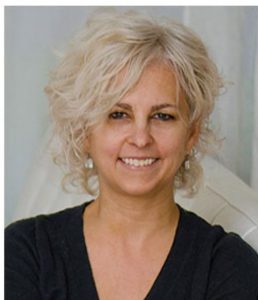Last week Time magazine featured articles from two favorite writers of stories for young people, Matt de la Peña and Kate DiCamillo. The articles argued for the need young people have to read stories that are real, stories that mirror their lives and/or the lives of others, stories that present the honesty of sadness. And they argue for authors who aren’t afraid to show emotion in their writing and when they’re standing in front of an auditorium of kids.

Matt de la Peña asked,
How honest should we be with our readers? Is the job of the writer for the very young to tell the truth or preserve innocence?
 Kate DiCamillo responded,
Kate DiCamillo responded,
So that’s the question, I guess, for you and for me and for all of us trying to do this sacred task of telling stories for the young: How do we tell the truth and make that truth bearable?
She concluded,
I think our job is to trust our readers.
I think our job is to see and to let ourselves be seen.
I think our job is to love the world.
And, he concluded,
That’s why I write books. Because the little story I’m working on alone in a room, day after day, might one day give some kid out there an opportunity to “feel.” And if I’m ever there to see it in person again, next time hopefully I’ll be brave enough to let myself cry, too.
We all deserve to see ourselves in literature—“windows and mirrors and sliding doors,” remember?
 Member Paul Hankins relates his own experience of reading Love in his love letter to Matt and Loren,
Member Paul Hankins relates his own experience of reading Love in his love letter to Matt and Loren,
You see. . .Matt. . .and Loren. . .in thirty-two pages you were able to take me back thirty-two years. And I find myself. I not only find the theme you tucked inside of the dust jacket and case, I find THE ME you depict within the verse and vision of this book.
Others chimed in on Twitter.


During a school visit with Matt de la Peña
A boy immediately raised his hand, and I called on him, and he told me in front of the entire group, “When you just read that to us I got this feeling. In my heart. And I thought of my ancestors. Mostly my grandma, though … because she always gave us so much love. And she’s gone now.”
And then he started quietly crying.
And a handful of the teachers started crying, too.
And, Kate DiCamillo adds,
My childhood best friend read Charlotte’s Web over and over again as a kid. She would read the last page, turn the book over, and begin again. A few years ago, I asked her why.
“What was it that made you read and reread that book?” I asked her. “Did you think that if you read it again, things would turn out differently, better? That Charlotte wouldn’t die?”
“No,” she said. “It wasn’t that. I kept reading it not because I wanted it to turn out differently or thought that it would turn out differently, but because I knew for a fact that it wasn’t going to turn out differently. I knew that a terrible thing was going to happen, and I also knew that it was going to be okay somehow. I thought that I couldn’t bear it, but then when I read it again, it was all so beautiful. And I found out that I could bear it. That was what the story told me. That was what I needed to hear. That I could bear it somehow.”
Who are we fooling when we think kids can’t take a little sadness?

